Opening traffic bottlenecks in capital city
 |
| The modern flyover highway above the section of Mai Dich-Northern Linh Dam Lake on the Belt Road No.3 |
According to the statistics of the General Office for Population and Family Planning, in 2012, the population of Hanoi reached over seven million. Its large population has caused many difficulties, such as in housing, the environment and employment and especially with traffic problems.
Nearly 10 years ago, Hanoians endured traffic jams at some hot spots, such as the section from Phap Van Road to Giai Phong Road at the Southern gate to the city, Kim Lien Crossroads, Nga Tu So and Lang Road. In these situations the State and Hanoi authority set out suitable solutions, including expanding the capital boundaries in 2008, building and upgrading the infrastructure with special focus on the traffic projects. However, due to the limited budget, the traffic infrastructure was not solved systematically.
To solve the problem, Hanoi has mobilized official development assistance (ODA). Transport has always been given top priority in ODA-funded projects. By the end of 2012, ODA funds for traffic accounted for 36.28pct of the ODA disbursement (over $1.8 billion).
With this source, Hanoi has quickly solved the problem of “traffic-bottlenecks” which was once major cause of traffic jams for the residents.
The first bottleneck removed was the Phap Van-Giai Phong highway. Before 2000, this route was overcrowded with traffic coming from all directions round-the-clock. Nguyen Thi Phuong who lives in Dai Kim Ward at this area recalled “In the past, at peak hours, this route was very chaotic with vehicles blocking the road several kilometers along. Living on the road, my family could not endure the dust and noise, so we intended to sell our house to move to another place.” Fortunately, in October 2012, a flyover highway above the section of Mai Dich-Northern Linh Dam Lake on the Belt Road No.3 was built, that improve the traffic at the gate to the city. It is the most modern flyover highway route in Viet Nam using ODA from Japan.
This route not only solves the problem of traffic jams but also connects with other routes, such as highways 1, 5 and 18, and the Phap Van - Ninh Binh, Lang – Hoa Lac, and Thang Long – Noi Bai highways, creating a transport system linking the South to the North of Hanoi.
In 2012, with ODA, Hanoi built and put into use 5/18 overpasses at the intersections of Chua Boc – Tay Son, Lang Ha – Huynh Thuc Khang, Lang – Le Van Luong, Lang – Tran Duy Hung, and Nam Hong Crossroads. Talking about the effectiveness of these projects, Captain Nguyen Phuong Nam at the Hanoi Traffic Police Department, who is in charge of traffic control at the Chua Boc – Tay Son intersections, said “Previously, there were serious traffic jams at this place. Since the overpasses were put into operation, the division of lanes has been easier and the waiting time for the red light has been shortened, thus considerably reducing the traffic jams.”
Beside the traffic projects built with ODA funds, the traffic software projects have also been proven effective. Japan is a pioneer in investing in traffic soft skills with the project “Northern Viet Nam National Roads Traffic Safety Improvement” with $65 million in loans from the Japanese International Cooperation Agency (JICA).
Takao Inami, consulting director of this project said “Our project was implemented in 10 provinces and cities, focusing on Hanoi. Now we are organizing several training courses on capacity enhancement for over 300 traffic policemen in Hanoi.”
In addition, we have organized 18 training courses on traffic safety for over 900 cadres and 30,204 people in many surrounding provinces and cities.
Recently, during a visit to some Japanese ODA projects in Hanoi, Tsuno Motonori, Chief Representative of JICA Office in Viet Nam said “Hanoi has used effectively the ODA of the Japanese Government. These projects will help establish a part of a modern traffic system in Hanoi, improve the transport system of goods, solve traffic jams and contribute to the socio-economic development of the city.”
Key projects
At the Consultative Group Meeting held at then end of 2012, the bilateral and multi-lateral sponsors pledged to continue providing ODA for Viet Nam with about $6.5 billion n the fiscal year 2013, of which Japan alone pledged to provide about $2.6 billion, focusing on the development of the infrastructure and training of human resources.
Hanoi is concentrating on two key projects built with Japanese Government’s ODA, including the Nhat Tan Bridge and Terminal 2 of Noi Bai International Airport.
The Nhat Tan Bridge has been defined by the Government as a national key project. As designed, it is a six-span cable-stayed bridge with a total length of 1,500 meters. It has five gigantic towers which are 110m high, symbolizing the five city gates of Hanoi. The bridge has a unique structure of multi-spans which will be a prominent structure in the history of bridges in the world.
Kenji Matsuno, Deputy Managing Director of the partnership of IHI and Sumitomo Mitsui (Japan), said “Nhat Tan Bridge is highly aesthetic, so in the past time the construction units have made great efforts to ensure the progress and quality of the project. With the current progress, the contractors have pledged to complete and put the bridge into operation by the end of 2014.
After completion, the Nhat Tan Bridge will connect downtown Hanoi with the Northern provinces and industrial parks in North Thang Long, Dong Anh, Co Loa, Gia Lam and Yen Vien.
In the future, together with this bridge, the Belt Road No.2 will be completed, thus shortening the route from downtown Hanoi to Noi Bai International Airport. Nhat Tan Bridge will be the longest cable-stayed bridge in Viet Nam and will be a focal point in the landscape architecture of the capital.
Under the introduction of JICA in Viet Nam we visited the project of Noi Bai International Airport Terminal 2. This project has a total investment capital of nearly $900 million, including nearly $700 million from Japan’s ODA. As designed, Terminal 2 has four floors with a total area of 139,000 m2 and a capacity of handling 10 million passengers a year.
It is expected that the project will be completed in November 2014 and will reduce the burden of the overloaded Terminal 1.
According to JICA in Viet Nam, the Japanese Government said that beside ODA, Japan would provide support and transfer the large project construction technology to Viet Nam. This is clearly shown at the Nhat Tan Bridge and Terminal 2 projects where the Vietnamese and Japanese contractors, have coordinated to build the world’s most advanced construction technology of traffic projects.
Some people compare the construction of a traffic infrastructure in Hanoi is like building “a house”, the ODA is a source of capital for Hanoi to complete the Southern façade of “the house” with the projects which have operated effectively, such as Belt Road No.3, and the Northern façade with key projects, such as the Nhat Tan Bridge and Terminal 2. A system of urban overpasses and the traffic soft skill support projects are an important part of “the interior” of the house.
“The traffic house” in Hanoi is being completed with an important contribution of ODA, especially the Japanese Government’s ODA for Viet Nam. The appearance of more and more modern traffic projects in the capital not only confirms that Hanoi has effectively used the ODA source but it also shows the friendship between the two strategic partners, Viet Nam and Japan. This is an important focal point in the celebration of the 40th anniversary of diplomatic ties between the two countries.
What the stars mean:
★ Poor ★ ★ Promising ★★★ Good ★★★★ Very good ★★★★★ Exceptional
Latest News
More News
- ADB forecasts 6 per cent growth for Vietnam (April 12, 2024 | 17:17)
- SCB, Van Thinh Phat execs convicted of embezzlement; Truong My Lan sentenced to death (April 12, 2024 | 09:59)
- Finnish kindergarten opens in Hanoi (April 12, 2024 | 09:50)
- Over 746 tonnes of rice allocated to Dien Bien, Bac Kan provinces in between-crop period (April 12, 2024 | 08:54)
- Truong My Lan sentenced to death in major bank fraud case (April 12, 2024 | 08:49)
- Netflix ordered to stop distributing unauthorised games in Vietnam (April 11, 2024 | 17:06)
- Deputy PM highlights incentive policies for rooftop solar power installation (April 11, 2024 | 17:03)
- Former FLC chairman faces securities market manipulation and asset misappropriation charges (April 11, 2024 | 15:34)
- Vietnam sends over 35,900 workers abroad in Q1 (April 10, 2024 | 14:56)
- OVs in Hungary eager to join trip to Truong Sa (April 10, 2024 | 14:52)



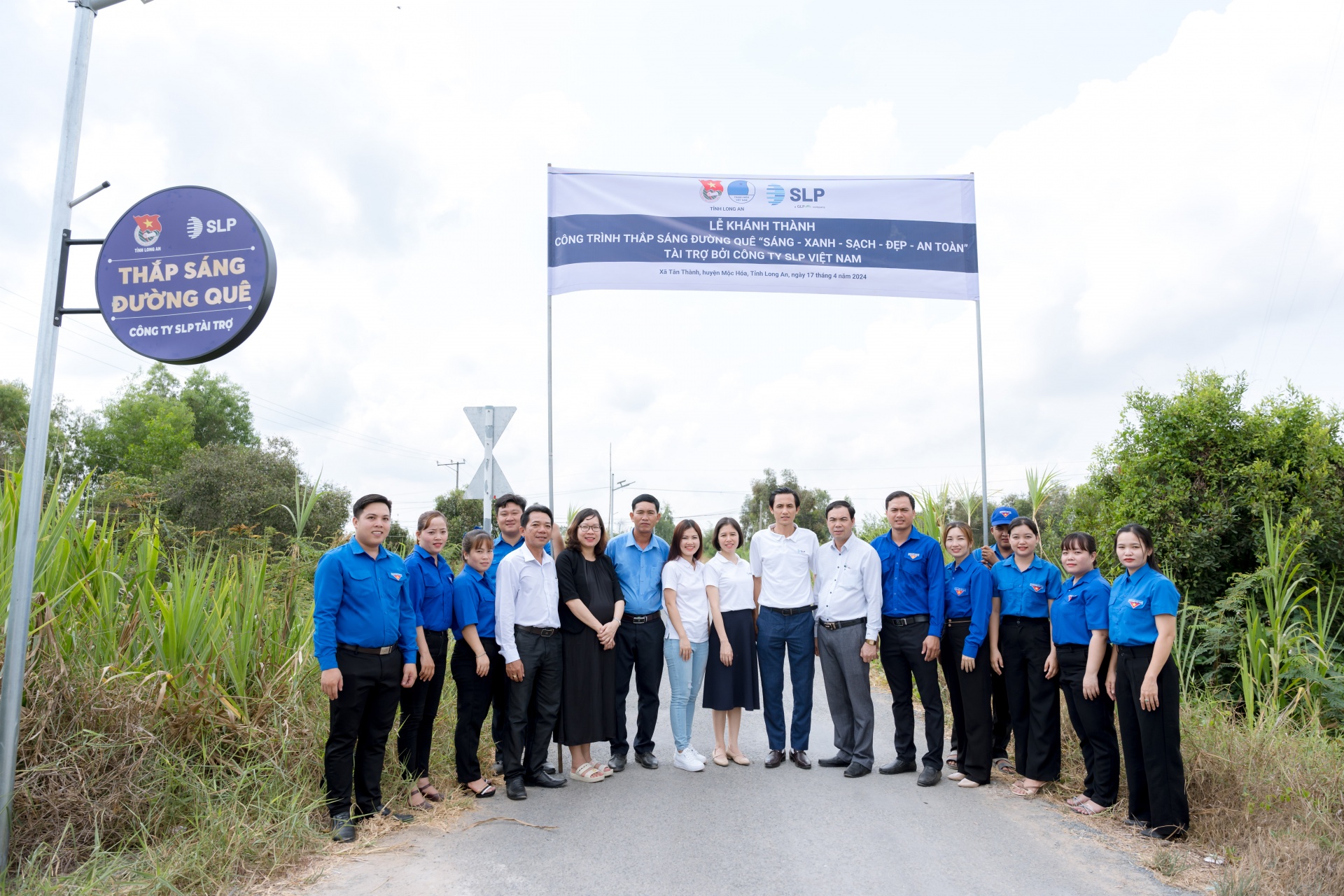
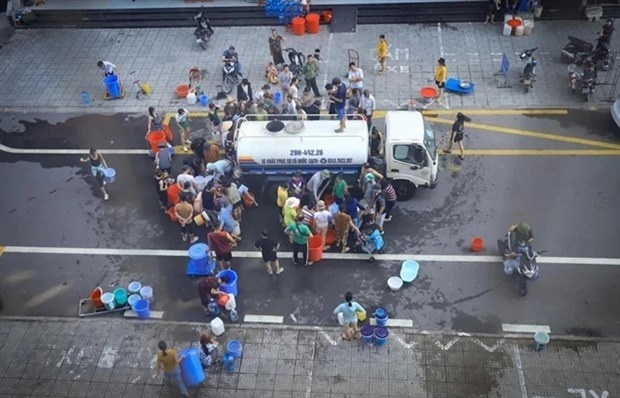

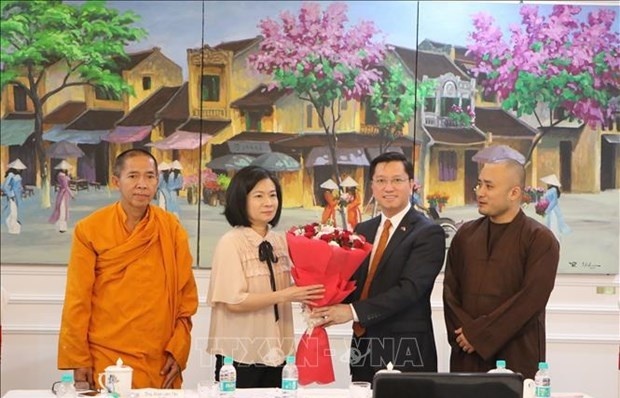
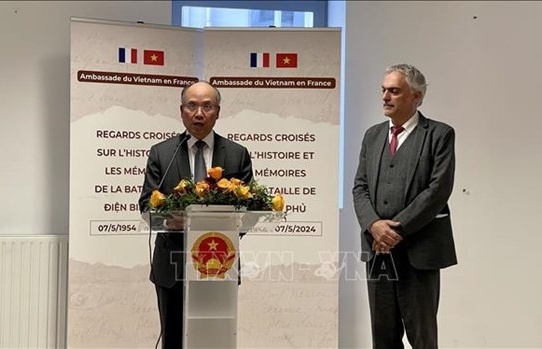
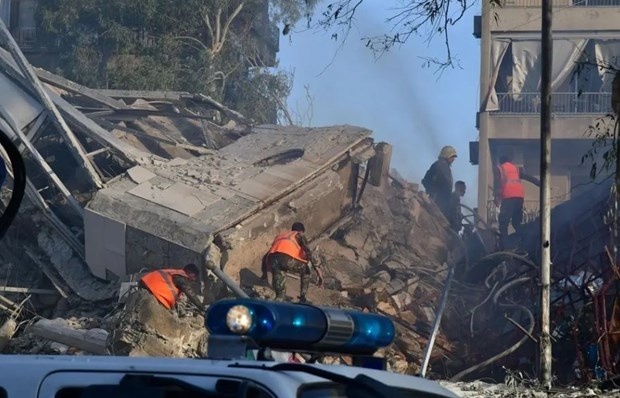









 Mobile Version
Mobile Version